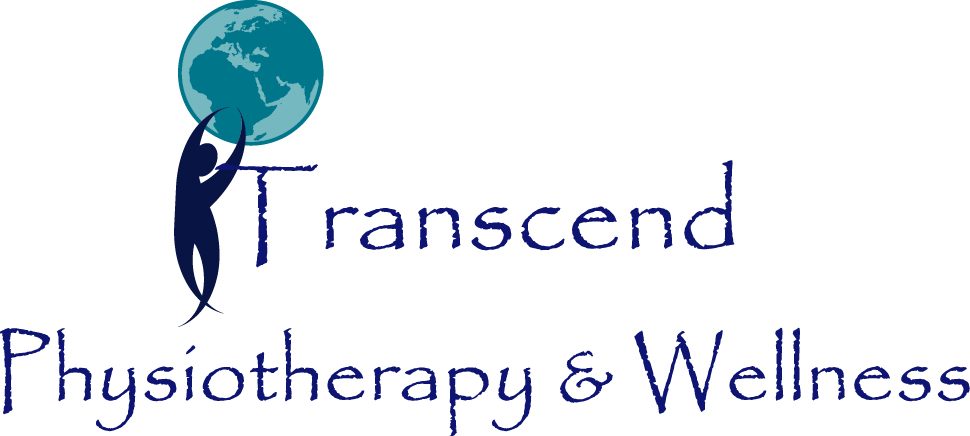‘If you always do what you’ve always done, you’ll always get what you’ve always got’. Over the years, the rehabilitation and fitness industries have been full of people doing things a certain way just because that’s the way it has always been done. Practices and beliefs become “standard” because new knowledge isn’t sought out or tested; and it’s often hard to convince people–even when good evidence exists–to change their mindset or actions. At best, this results in stunted thinking. At worst, not embracing new ideas based on solid research can result in serious risks to our health, our quality of life, and our wallets. Let’s look at some of the common “urban legends” that have been lurking around local gyms and physiotherapy clinics for years:
MYTH: “YOU MUST DO STATIC (STATIONARY) STRETCHES AS A WARMUP PRIOR TO SPORTS OR ACTIVITY IN ORDER TO PREVENT INJURY”
FACT: Static stretches are those exercises that are meant to lengthen a muscle and reduce tightness, and they are generally held for 15 to 60 seconds, without other movement occurring. Dynamic stretches, on the other hand, involve movements that mimic the sport or activity that will be performed, and are generally progressive in speed or intensity (for example, starting with walking at the beginning of exercise, and gradually increasing the speed and stride length for several minutes prior to running). A review of the most recent evidence shows that static stretching during warmup has NO positive effect on injury prevention whatsoever; in fact, it may even increase the risk of soft tissue injury!
MYTH: “SIT UPS ARE THE BEST WAY TO WORK MY ABS”
FACT: For years, people have been doing sit ups in an attempt to sculpt their abs, make their back stronger, and improve their core strength. The problem is, sit-ups create high shear and compressive forces in the lower back which can lead to back injuries like muscle strains, and disc bulges. Additionally, depending on the position and technique used, sit-ups actually work the hip flexors (muscles in the front of the thigh) more than the abs themselves. There are other types of exercises (e.g. the “plank”) which are safer for the back, and are better at engaging all of the core muscles, not just the abdominals.
MYTH: “CRACKING MY KNUCKLES WILL LEAD TO ARTHRITIS”
FACT: Admittedly, knuckle cracking is a bad habit that can be a source of extreme annoyance to those around us. However, it is NOT a cause of getting arthritis in the hands. Researchers discovered that the prevalence of osteoarthritis in any of the hand joints was similar among those who cracked their knuckles, and those that didn’t. This is great news for those of us who delight in that popping sound…
MYTH: “IF I TEAR THE ACL IN MY KNEE, I MUST GET SURGERY TO RECONSTRUCT IT TO PREVENT OSTEOARTHRITIS AND TO RETURN TO MY SPORT”
FACT: The anterior cruciate ligament (ACL) is an important ligament in the knee which prevents excess movement of the tibia (shin bone) on the thigh bone (femur). It is commonly injured during sports which require a lot of pivoting or side to side movement, such as squash, football, and snowboarding. In the past, most patients (especially young patients) were told that surgery was the best option to prevent future knee arthritis and to allow them to return to sports. Research that has been conducted over the last few years has shown that surgery may NOT be the best option for many of these patients. First of all, the surgically treated patients had a re-injury rate that was almost 3 times higher than in the conservatively managed group. Secondly, both groups went on to develop osteoarthritis in the knee, whether they were surgically repaired or not. Having the surgery did not give patients any more protection against arthritis in the long term. Given that ACL reconstruction is a painful surgery, with a prolonged recovery period of 9-12 months, many more patients might choose not to have it done if they knew about the results of these new studies.
The take-home message is that health care and fitness professionals often settle into a routine of using the same practices and beliefs that they have always used, which can result in negative outcomes for patients. When your physiotherapist or physician proposes a course of treatment or a particular modality, do not be afraid to ask: “what does the latest evidence show regarding this technique?” If the answer is “I’m not sure”, or “don’t worry about it; we’ve always done it this way”, you may want to reconsider your choice of health care professional.
REFERENCES:
Deweber, K, Olszewski, M, Ortolano, R. Knuckle cracking and hand osteoarthritis. J Am Board Fam Med. doi: 10.3122/jabfm2011.02.100156
Grindem, H, Eitzen, I, et. al. Nonsurgical or surgical treatment of ACL Injuries: knee function, sports participation, and knee reinjury. J of Bone and Joint Surgery. doi: 10.2106/JBJS.M.01054
Lauersen, JB, Bertelsen, DM, Anderson, LB. The effectiveness of exercise interventions to prevent sports injuries; a systematic review and meta-analysis of randomised controlled trials. Br. J. Sports Medicine. doi: 10.1136/bjsports-2013-092538
Zakari, AA, Kiningham, RB, Sen, A. Effects of static and dynamic stretching on injury prevention in high school soccer athletes: a randomized trial. J Sport Rehabilitation. doi: 10-1123/jsr.2013-0114
